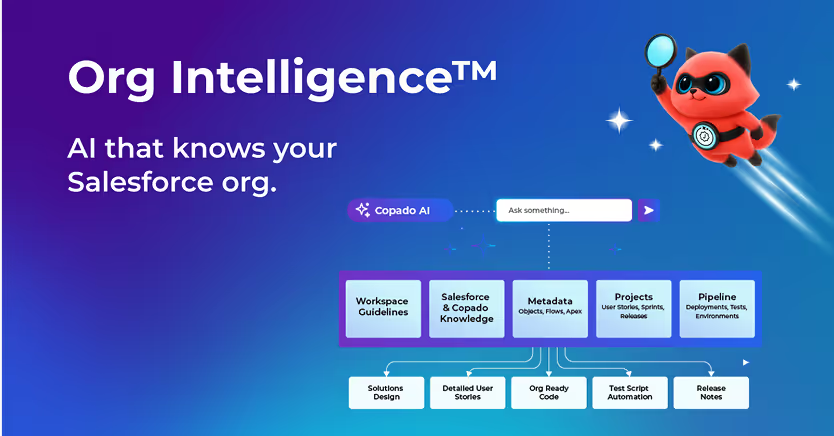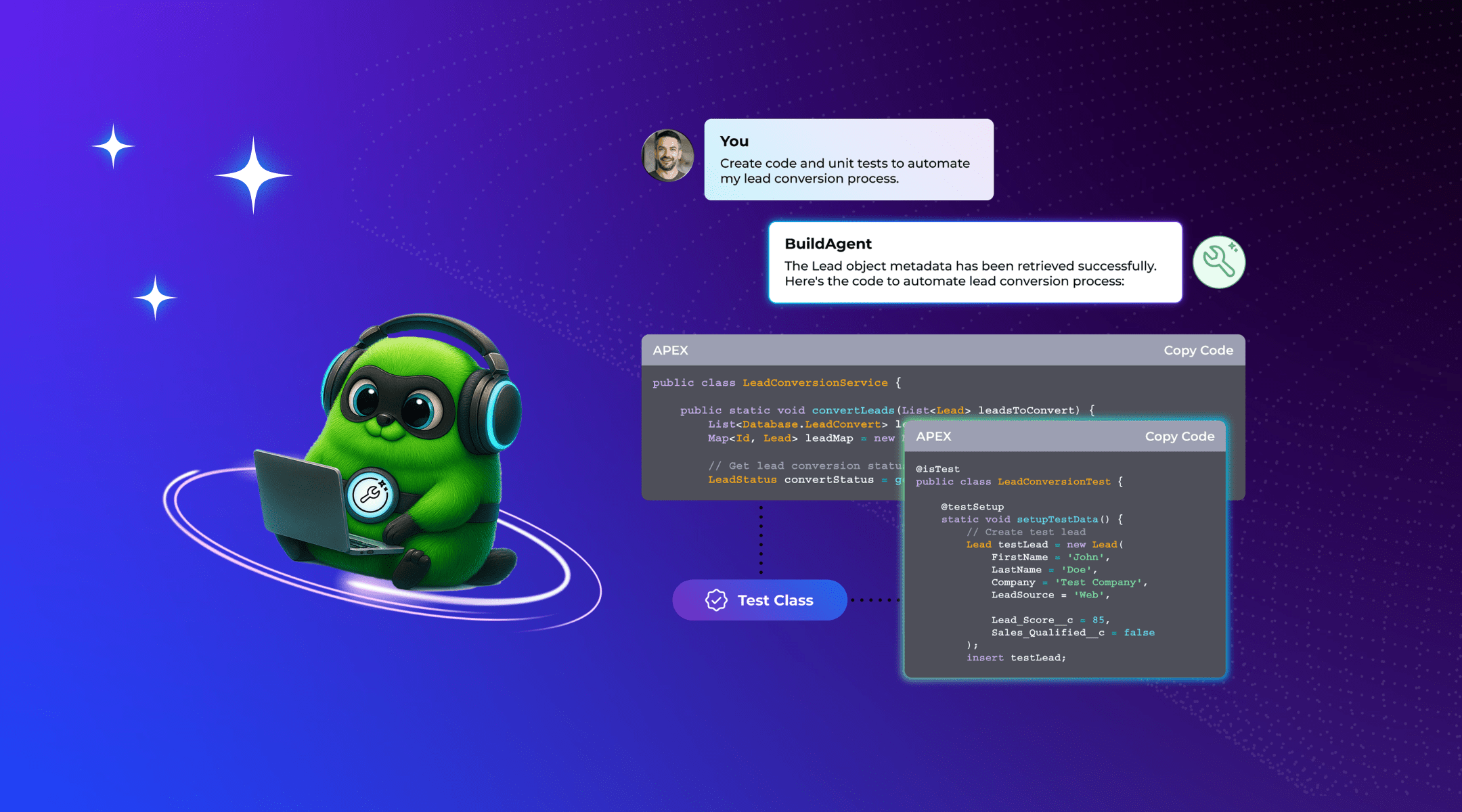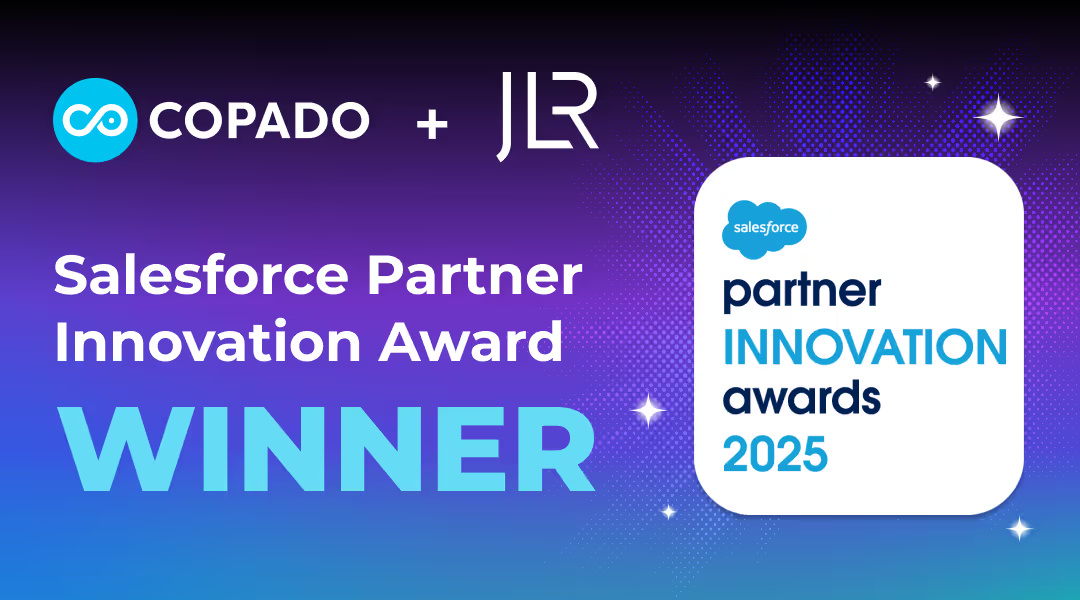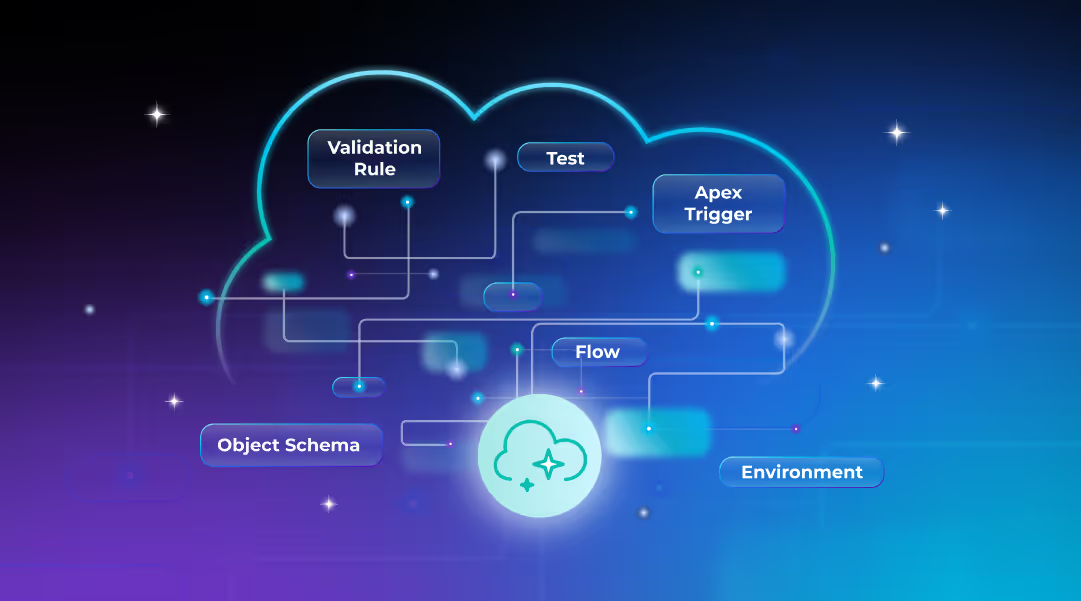DevOps is all about streamlining processes. You’re eliminating the barriers between development and operations teams so they can better collaborate with each other to deliver a high quality end-product as quickly as possible. However, DevOps isn’t just about streamlining communication between teams. To fully embrace the DevOps methodology, you need to prioritize automation. Key processes you can automate to optimize your organization’s DevOps infrastructure include:
- Testing
- Deployment
- infrastructure management
- Monitoring
The Benefits of Automation for DevOps Infrastructure
Introducing automation into your DevOps infrastructure can benefit your business by:
Increasing Efficiency
One of the most immediate benefits of automating your DevOps infrastructure is that you’ll free your developers and engineers from the most tedious tasks in their workload. That means they’ll have more time to focus on writing new code and releasing new software. Plus, DevOps automation reduces human error and reduces drift by ensuring repeatable tasks are performed exactly the same way every time.
Reducing Time to Market
DevOps automation also streamlines the processes and workflows in your software development lifecycle (SDLC) so that you can produce quality code more quickly and get it out to the market ahead of your competition. Plus, automated issue resolution tools act on end-user feedback immediately, which allows you to iteratively improve your software at a faster pace.
Simplifying Scalability
Automating your DevOps infrastructure makes it easier to scale your business as needed. With full DevOps automation, ops teams can provision new resources with the click of a button. Dev teams can automatically test and integrate new software builds as soon as they’re ready. In addition, new systems (whether on-premises or in the cloud) are auto-discovered and immediately added to infrastructure management and monitoring dashboards.
Where to Implement Automation in Your DevOps Infrastructure
If you want to fully benefit from DevOps automation, you need to prioritize three key areas of your automated DevOps tool kit: your CI/CD processes, the configuration and management of your DevOps infrastructure, and the monitoring and log analysis of all your resources.
Automated CI/CD
Continuous integration and continuous delivery (CI/CD) is a fundamental DevOps principle, so automating your CI/CD process should be one of your top priorities.
Automated CI tools allow developers to merge changes into the code base, where automated tests will look for bugs and integration issues every time new code is checked in. This means you can detect problems early on, closing the feedback loop between end-users, QA, and development teams. In DevOps, this practice is known as “shifting left.” Problems are identified as early in the SDLC as possible (on the “left” side of the production schedule), allowing development and QA teams to fix them before they affect things later in the pipeline.
CD tools deliver new code to a test environment to perform further automated functional and non-functional testing. Then the code is automatically prepared and deployed to the production environment.
Automatically running security, integration, and functional testing early and often in the SDLC allows for quick remediation of issues, which helps you avoid unforeseen conflicts with future dependencies. In addition, you can address security concerns before they’re exploited by malicious actors, protecting your end-users and your business from attacks.
Implementing automated CI/CD tools in your DevOps infrastructure will both streamline your development process and ensure you’re putting out secure, high-quality code with every release.
Automated Infrastructure Management
Manually configuring and managing the infrastructure required for a fast-paced DevOps environment can be expensive and tedious. That’s why a mature DevOps organization will employ infrastructure as code (IaC) to automate infrastructure configuration and updates. With IaC, your infrastructure configurations are written as machine-readable code or definition files. You can then manage this code like any other kind of software development project, with a central code base that uses versioning control. IaC configurations can also be automatically tested, deployed, and integrated using CI/CD tools and methodologies.
There’s also software-defined networking (SDN), which is essentially IaC for networking devices like firewalls, routers, and switches. Using SDN, you can automatically install, update, or roll back a device’s configuration by describing the machine’s desired state in your definition files.
Using automated infrastructure management in your DevOps environment means your operations and networking teams don’t need to manually configure and deploy devices at scale. This both reduces the potential for human error and allows your organization to smoothly and quickly scale your infrastructure as your business requirements change.
Automated Monitoring and Log Management
Rapid code and infrastructure changes pose visibility challenges for your DevOps environment. With so many changes, it can be difficult or impossible for teams to keep up using manual methods. You need automation to perform tasks like:
- Discovering cloud applications and resources
- Tracking performance baselines and issues
- Aggregating and analyzing logs
Your goal is to have full visibility on both your applications and the underlying infrastructure.
Your automated application and infrastructure monitoring tools should integrate with your CI/CD processes to ensure new code and infrastructure configurations are being tracked and analyzed. In addition, you should use log management and analysis tools to automatically sort and inspect the data collected by your DevOps monitoring solution. Otherwise, it can be difficult to manually extract the relevant information from the hundreds or thousands of log files produced by a comprehensive DevOps monitoring system.
Automating your application and infrastructure monitoring gives you better visibility into your DevOps resources. This improves your ability to detect and remediate issues as early as possible, allowing you to shift even further left.
Empowering Your DevOps Infrastructure Automation
Implementing automation in your DevOps infrastructure will allow you to quickly deliver high-quality code, easily scale up your operations as business requirements change, and maintain visibility on all your resources. If you need help creating a DevOps infrastructure that supports CI/CD principles and automation, Copado Strategic Services is here for you. Our team has decades of combined experience working with DevOps organizations to improve the speed, agility, and quality of software releases.












.svg)
.svg)

.png)

.svg)








.avif)













%20Data%20to%20Me_BLOG_1080x600.avif)






.avif)

































.avif)







.avif)



.avif)

























%20(1).png)
.png)
.png)

.avif)


.svg)
